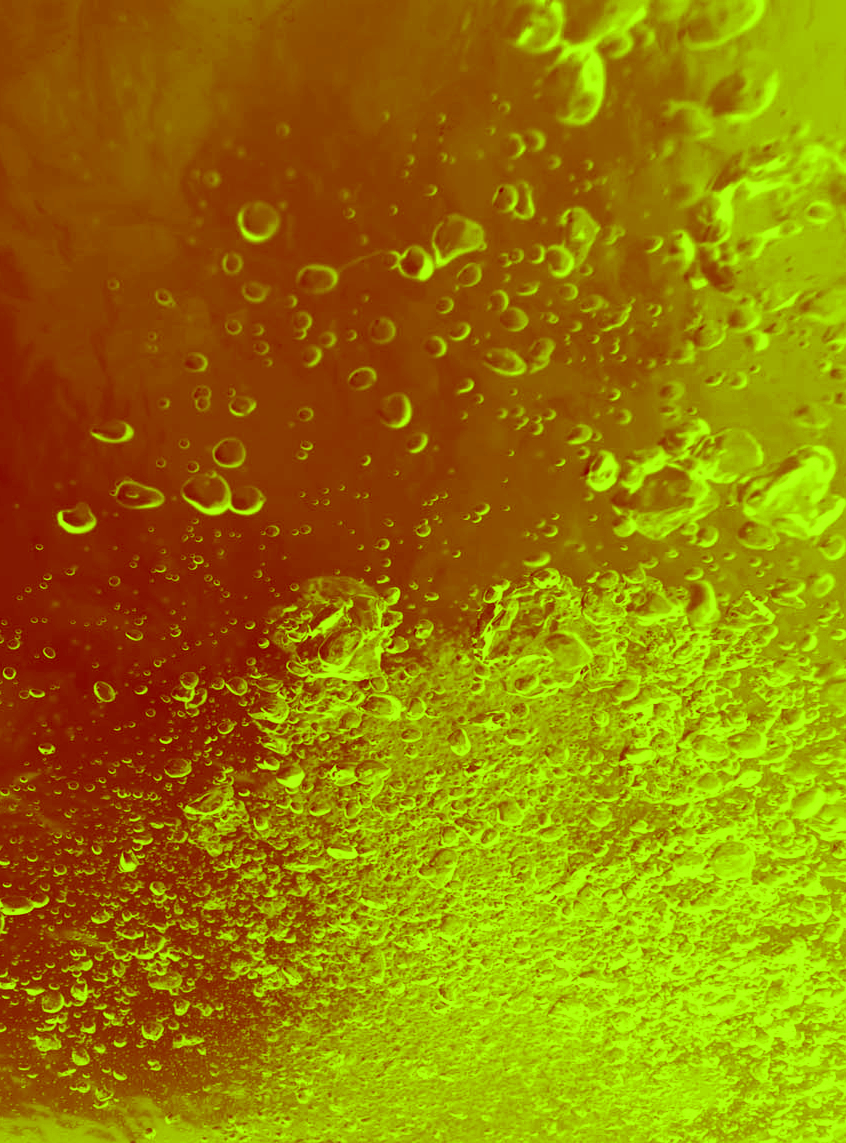Polluted flows revealed
 Polluted water running off a mine site in NSW is entering rivers that supply some of Sydney's water.
Polluted water running off a mine site in NSW is entering rivers that supply some of Sydney's water.
Western Sydney University researchers have found a “cocktail of metals” in the Tahmoor coal mine's run-off, which flows into Sydney’s Bargo and Nepean rivers.
Salinity levels and elements including nitrogen, nickel and zinc far exceed Australian water quality guidelines at points on the Bargo and Nepean.
At the same time, the NSW Government is considering an application to extend the life of the mine by more than a decade.
“This is highly contaminated water. It is full of algae, full of a cocktail of metals, including arsenic, and one of them is uranium,” water expert Professor Ian Wright has told reporters.
Professor Wright and his team found huge blooms of bright green algae in tests conducted during April and May. The algae is a sign of high nitrogen levels.
“I'm simply amazed because it's such an important tributary to one of Australia's most important rivers and there's a major pollution problem — with a mine using that as a drain,” Professor Wright said.
The Nepean is part of one of the largest coastal basins in NSW - the Hawkesbury-Nepean catchment.
The Tahmoor underground mine is located a few kilometres upstream of where the Bargo and Nepean rivers meet. It is owned by GFG Alliance.
Professor Wright says the future of the waterway may be put at risk if the mine licence is renewed.
“I am concerned that this is going to get rushed through the planning system,” he said.
GFG Alliance says water assets will “continue to be carefully monitored throughout the life of the mine”, if it is extended.
“The quality of this water is mandated by our environment protection licence issued and monitored by the NSW Environmental Protection Authority (EPA),” the company said in a statement.
“Typically, the water monitoring results are far better than those limits allowed by the licence.”
The EPA is currently investigating the reported April discharge.
GFG Alliance say it plans to install a new water treatment plant, but will not say exactly when.








 Print
Print